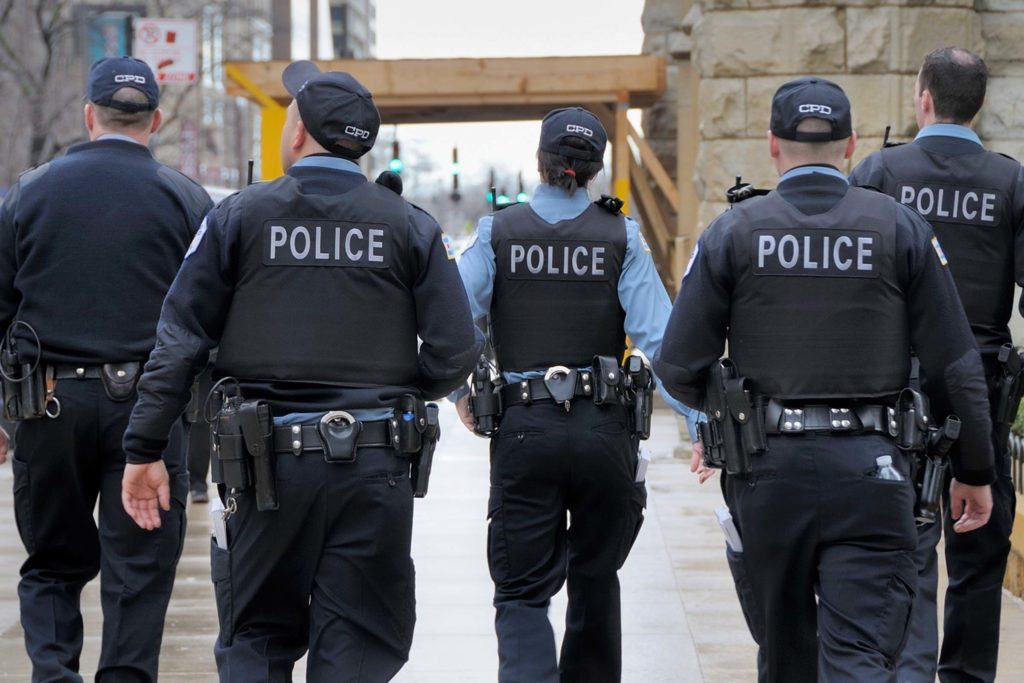If you work in Law Enforcement, you know how important the right body armor is for your safety. Although most police departments issue standard protective armor to new officers, vests and other equipment have usually been worn by previous law enforcement agents and this can compromise their protective properties.
Equipping yourself with body armor that has previously been worn means there is no way of knowing the state of its condition. This essentially means that you have no way of knowing whether the previous owner has taken proper measures in storing and taking care of his or her protective equipment. Because body armor has a shelf life of about five years (with proper maintenance), it is imperative to know how it has been handled to determine if it can provide adequate ballistic protection.
For example, a common sign of wear and tear results in the damage of the armor panels. This may not necessarily be visible to the naked eye, but even minor scrapes and cuts can render the vest unusable as it no longer protects.
It is recommended that all body armor panels are inspected and approved by an armor specialist. This will guarantee that, at the time of issue, the body armor will protect up to the specified NIJ levels. You can always purchase your own body armor, which puts you in charge of your safety and allows you to own a carrier that fits, looks, and functions the way you want it to.
It is important to be sure that you store and care for the body armor properly. You may want to store your armor at your home rather than at your department, so that you can clean you carrier when needed, and ensure that you have your body armor when you need it. You can also be sure that it is cared for and handled how you would like it to be.
Police Body Armor Vests Worn Over Clothing
Police officers typically wear overt vests. However, it is important to be sure that your body armor conforms to your department’s unique specifications and regulations.
Before buying body armor, you may want to take the time to talk to your superiors and find out what’s acceptable. Some stations only allow carriers to be a certain color, or to be made from certain materials – this may be to ensure uniformity among officers.
If you choose a covert vest, you will want to be sure that the vest fits you properly. A vest that is too large could get in the way of your active daily duties. Similarly, a vest that is too tight could cause movement restriction, or cause excessive crushing or folding of the panels.
Therefore, it is important that you have a vest that is the perfect fit for you. You can refer to our useful Sizing Guide for further information on how to select the best fit for your build, or contact our team for help with choosing the correct size..
Specialist teams, such as SWAT teams, often require bulkier and more enhanced protective vests. These vests are usually worn over their standard uniforms, and can feature additional protective panels that cover areas such as the neck, throat, upper arm and groin areas. Although these are less comfortable to wear over extended periods of time, they provide the necessary level of protection in a high risk environment.
When selecting additional protective panels, including Ballistic SAPI plates and helmets, we recommend that you take the time to practice moving around in full gear. This will help you be sure that you are able to manoeuvre during tactical operations, and help ensure that you remain as safe as possible in your job.

